 Since Daniel Hannan, a formerly obscure MEP, has emerged as the anointed intellectual of the Brexit elite, The Staggers is charting his ascendancy…
Since Daniel Hannan, a formerly obscure MEP, has emerged as the anointed intellectual of the Brexit elite, The Staggers is charting his ascendancy…
State of this:
I mean honestly, where do you even begin? Even by Daniel’s rarefied standards of idiocy, this is a stonker. How is it stupid? Let me count the ways.
1. “Our female head of government” implies the existence of “their female head of government”. Which is odd, because the tweet is clearly aimed at Hillary Clinton, who isn’t anybody’s head of government.
Way to kick someone when they’re down, Dan. What next? “So pleased that my daughter received a wide selection of Christmas presents, unlike those of certain families”?
2. I dunno, I’m no expert, but it’s just possible that there are reasons why so few women make it to the top of politics which don’t have anything to do with how marvellous Britain is.
3. Hillary Clinton was not “the last guy’s wife”. You can tell this, because she was not married to Barack Obama, whose wife is called Michelle. (Honestly, Daniel, I’m surprised you haven’t spotted the memes.)
4. She wasn’t married to the guy before him, come to that. Her husband stopped being president 16 years ago, since when she’s been elected to the Senate twice and served four years as Secretary of State.
5. I’m sure Hillary would love to have been able to run for president without reference to her husband – for the first few years of her marriage, indeed, she continued to call herself Hillary Rodham. But in 1980 Republican Frank White defeated Bill Clinton’s campaign to be re-elected as govenor of Arkansas, in part by mercilessly attacking the fact his wife still used her maiden name.
In the three decades since, Hillary has moved from Hillary Rodham, to Hillary Rodham Clinton, to Hillary Clinton. You can see this as a cynical response to conservative pressure, if you so wish – but let’s not pretend there was no pressure to subsume her political identity into that of her husband, eh? And let’s not forget that it came from your side of the fence, eh, Dan?
6. Also, let’s not forget that the woman you’re subtweeting is a hugely intelligent former senator and secretary of state, who Barack Obama described as the most qualified person ever to run for president. I’m sure you wouldn’t want to be so patronising as to imply that the only qualification she had was her husband, now, would you?
7. I’d love to know what qualifications Dan thinks are sufficient to become US president, and whether he believes a real estate mogul with an inherited fortune and a reality TV show has them.
8. Hillary Clinton got nearly 3m more votes than Donald Trump, by the way.
9. More votes than any white man who has ever run for president, in fact.
10. Certainly a lot more votes than Theresa May, who has never faced a general election as prime minister and became leader of the government by default after the only other candidate left in the race dropped out. Under the rules of British politics this is as legitimate a way of becoming PM as any, of course, I’m just not sure how winning a Tory leadership contest by default means she “ran in her own right” in a way that Hillary Clinton did not.
11. Incidentally, here’s a video of Daniel Hannan demanding Gordon Brown call an early election in 2009 on the grounds that “parliament has lost the moral mandate to carry on”.
So perhaps expecting him to understand how the British constitution works is expecting too much.
12. Why the hell is Hannan sniping at Hillary Clinton, who is not US president, when the man who is the new US president has, in three days, come out against press freedom, basic mathematics and objective reality? Sorry, I’m not moving past that.
13. Notice the way the tweet says that our “head of government ” got there on merit. That’s because our “head of state ” got the job because her great, great grandmother happened to be a protestant in 1701 and her uncle wanted to marry a divorcee – all of which makes it a bit difficult to say that our head of government “ran in her own right”. But hey, whatever makes you happy.
14. Is Daniel calling the US a banana republic? I mean, it’s a position I have some sympathy with in this particular week, but it’s an odd fit with the way he gets all hot and bothered whenever someone starts talking about the English-speaking peoples.
15. Incidentally, he stole this tweet from his 14-year-old daughter:
16. Who talks, oddly, like a 45-year-old man.
17. And didn’t even credit her! It’s exactly this sort of thing which stops women making it to the top rank of politics, Daniel.
18. He tweeted that at 6.40am the day after the march. Like, he spent the whole of Saturday trying to come up with a zinger, and then eventually woke up early on the Sunday unable to resist stealing a line from his teenage daughter. One of the great orators of our age, ladies and gentlemen.
19. He thinks he can tweet this stuff without people pointing and laughing at him.
In Rochdale, like many other towns across the country, we’re working hard to support small businesses and make our high streets inviting places for people to visit. So it doesn’t help when growing numbers of aggressive street beggars are becoming a regular fixture on the streets, accosting shoppers.
I’ve raised this with the police on several occasions now and when I tweeted that they needed to enforce laws preventing begging and refer them to appropriate services, all hell broke loose on social media. I was condemned as heartless, evil and, of course, the favourite insult of all left-wing trolls, “a Tory”.
An article in the Guardian supported this knee-jerk consensus that I was a typically out-of-touch politician who didn’t understand the underlying reasons for begging and accused me of being “misguided” and showing “open disdain” for the poor.
The problem is, this isn’t true, as I know plenty about begging.
Before I became an MP, I worked as a researcher for The Big Issue and went on to set up a social research company that carried out significant research on street begging, including a major report that was published by the homeless charity, Crisis.
When I worked at The Big Issue , the strapline on the magazine used to say: “Working not Begging”. This encapsulated its philosophy of dignity in work and empowering people to help themselves. I’ve seen many people’s lives transformed through the work of The Big Issue , but I’ve never seen one person’s life transformed by thrusting small change at them as they beg in the street.
The Big Issue ’s founder, John Bird, has argued this position very eloquently over the years. Giving to beggars helps no one, he says. “On the contrary, it locks the beggar in a downward spiral of abject dependency and victimhood, where all self-respect, honesty and hope are lost.”
Even though he’s now doing great work in the House of Lords, much of Bird’s transformative zeal is lost on politicians. Too many on the right have no interest in helping the poor, while too many on the left are more interested in easing their conscience than grappling with the hard solutions required to turn chaotic lives around.
But a good starting point is always to examine the facts.
The Labour leader of Manchester City Council, Richard Leese, has cited evidence that suggests that 80 per cent of street beggars in Manchester are not homeless. And national police figures have shown that fewer than one in five people arrested for begging are homeless.
Further research overwhelmingly shows the most powerful motivating force behind begging is to fund drug addiction. The homeless charity, Thames Reach, estimates that 80 per cent of beggars in London do so to support a drug habit , particularly crack cocaine and heroin, while drug-testing figures by the Metropolitan Police on beggars indicated that between 70 and 80 per cent tested positive for Class A drugs.
It’s important to distinguish that homelessness and begging can be very different sets of circumstances. As Thames Reach puts it, “most rough sleepers don’t beg and most beggars aren’t rough sleepers”.
And this is why they often require different solutions.
In the case of begging, breaking a chaotic drug dependency is hard and the important first step is arrest referral – ie. the police referring beggars on to specialised support services. The police approach to begging is inconsistent – with action often only coming after local pressure. For example, when West Midlands Police received over 1,000 complaints about street begging, a crackdown was launched. This is not the case everywhere, but only the police have the power to pick beggars up and start a process that can turn their lives around.
With drug-related deaths hitting record levels in England and Wales in recent years, combined with cuts to drug addiction services and a nine per cent cut to local authority health budgets over the next three years, all the conditions are in place for things to get a lot worse.
This week there will be an important homelessness debate in Parliament, as Bob Blackman MP’s Homelessness Reduction Bill is due to come back before the House of Commons for report stage. This is welcome legislation, but until we start to properly distinguish the unique set of problems and needs that beggars have, I fear begging on the streets will increase.
Eighteen years ago, I was involved in a report called Drugs at the Sharp End , which called on the government to urgently review its drug strategy. Its findings were presented to the government’s drugs czar Keith Hellawell on Newsnight and there was a sense that the penny was finally dropping.
I feel we’ve gone backwards since then. Not just in the progress that has been undone through services being cut, but also in terms of general attitudes towards begging.
A Dickensian tolerance of begging demonstrates an appalling Victorian attitude that has no place in 21st century Britain. Do we really think it’s acceptable for our fellow citizens to live as beggars with no real way out? And well-meaning displays of “compassion” are losing touch with pragmatic policy. This well-intentioned approach is starting to become symptomatic of the shallow, placard-waving gesture politics of the left, which helps no one and has no connection to meaningful action.
If we’re going make sure begging has no place in modern Britain, then we can’t let misguided sentiment get in the way of a genuine drive to transform lives through evidenced-based effective policy.
© Source: http://www.newstatesman.com/politics/staggers/2017/01/19-things-wrong-daniel-hannan-s-tweet-about-women-s-march
All rights are reserved and belongs to a source media.
 – Działania policjantów CBŚP spowodowały, iż zarówno w kraju jak i za granicą zabezpieczono ponad 2,5 tys. kilogramów narkotyków. Wśród zabezpieczonych środków odurzających były zarówno, popularne na rynku, marihuana, haszysz, amfetamina, jak również należące do droższych narkotyków – heroina i kokaina. Funkcjonariusze udaremnili również wprowadzenie na rynek ponad 71 tys. tabletek ecstasy – powiedział w środę kom. Rafał Szymański z zespołu prasowego CBŚP.
– Działania policjantów CBŚP spowodowały, iż zarówno w kraju jak i za granicą zabezpieczono ponad 2,5 tys. kilogramów narkotyków. Wśród zabezpieczonych środków odurzających były zarówno, popularne na rynku, marihuana, haszysz, amfetamina, jak również należące do droższych narkotyków – heroina i kokaina. Funkcjonariusze udaremnili również wprowadzenie na rynek ponad 71 tys. tabletek ecstasy – powiedział w środę kom. Rafał Szymański z zespołu prasowego CBŚP. 

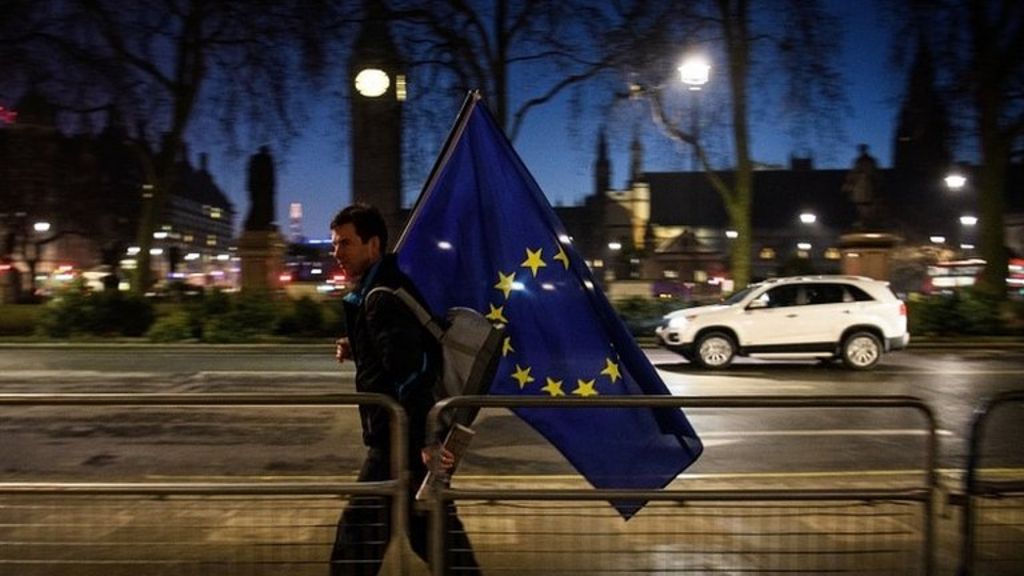 The Supreme Court has dismissed the government’s appeal in a landmark case about Brexit, meaning Parliament will be required to give its approval before official talks on leaving the EU can begin.
The Supreme Court has dismissed the government’s appeal in a landmark case about Brexit, meaning Parliament will be required to give its approval before official talks on leaving the EU can begin. 
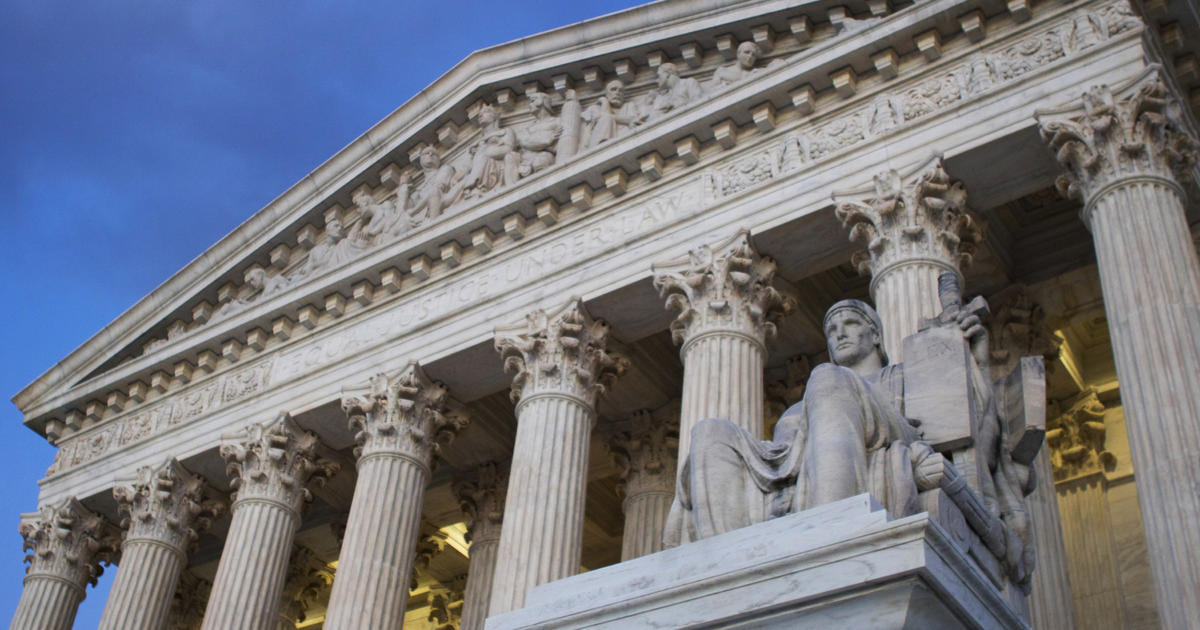 Last Updated Jan 24, 2017 6:21 PM EST
Last Updated Jan 24, 2017 6:21 PM EST 
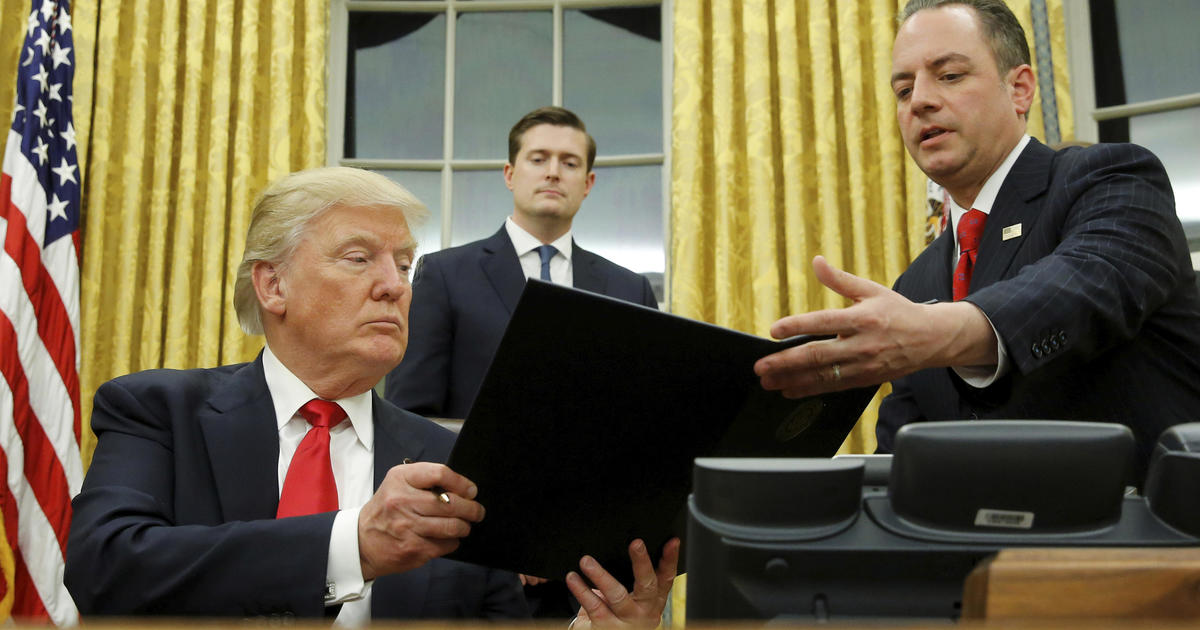 Donald Trump appeared to acknowledge Friday that Americans, not Mexicans, would likely write the check for his promised wall along the Southern b…
Donald Trump appeared to acknowledge Friday that Americans, not Mexicans, would likely write the check for his promised wall along the Southern b…
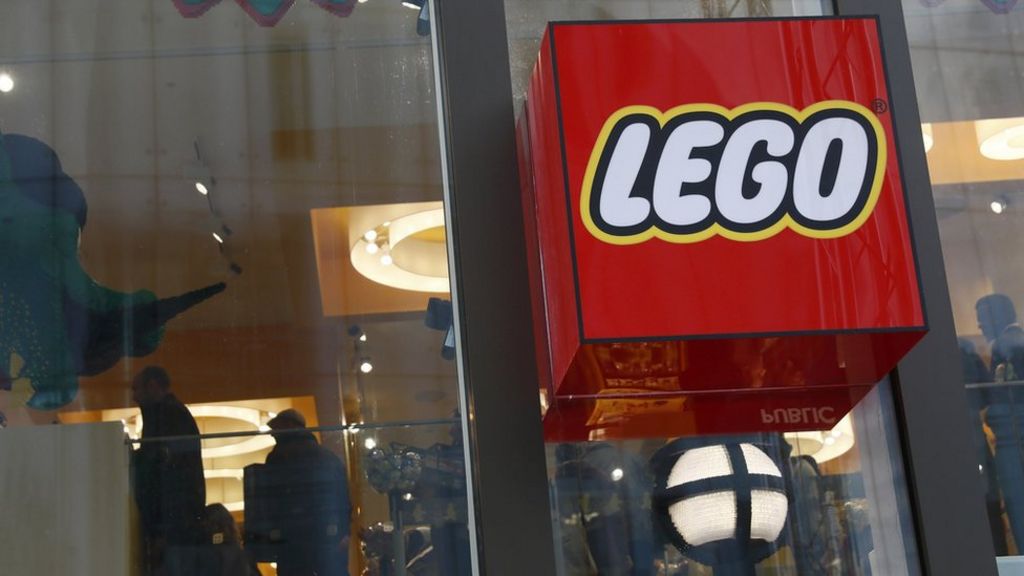 Lego – the toy loved by children around the world – now has a factory in China.
Lego – the toy loved by children around the world – now has a factory in China. 
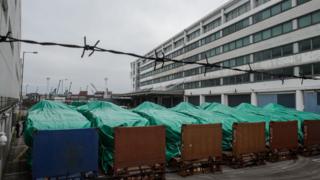 Hong Kong has said it will return nine Singaporean military vehicles that it seized in November.
Hong Kong has said it will return nine Singaporean military vehicles that it seized in November. 
 Dayton underwent tests Tuesday at the Mayo Clinic in Rochester to determine what caused the collapse. In a statement Tuesday evening, Clinic spokesman Karl Oestreich said the governor’s fall was not related to the cancer diagnosis.
Dayton underwent tests Tuesday at the Mayo Clinic in Rochester to determine what caused the collapse. In a statement Tuesday evening, Clinic spokesman Karl Oestreich said the governor’s fall was not related to the cancer diagnosis. 
 Winner of Best Performance by an Actress in a Supporting Role for “Dreamgirls” Jennifer Hudson poses in the press room during the 79th Annual Academy Awards at the Kodak Theatre on February 25, 2007 in Hollywood, California.
Winner of Best Performance by an Actress in a Supporting Role for “Dreamgirls” Jennifer Hudson poses in the press room during the 79th Annual Academy Awards at the Kodak Theatre on February 25, 2007 in Hollywood, California. 
 Since Daniel Hannan, a formerly obscure MEP, has emerged as the anointed intellectual of the Brexit elite, The Staggers is charting his ascendancy…
Since Daniel Hannan, a formerly obscure MEP, has emerged as the anointed intellectual of the Brexit elite, The Staggers is charting his ascendancy… 
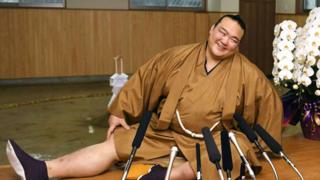 Japan has named its first home-grown sumo grand champion in almost two decades, in a boost to the traditional wrestling sport.
Japan has named its first home-grown sumo grand champion in almost two decades, in a boost to the traditional wrestling sport. 

